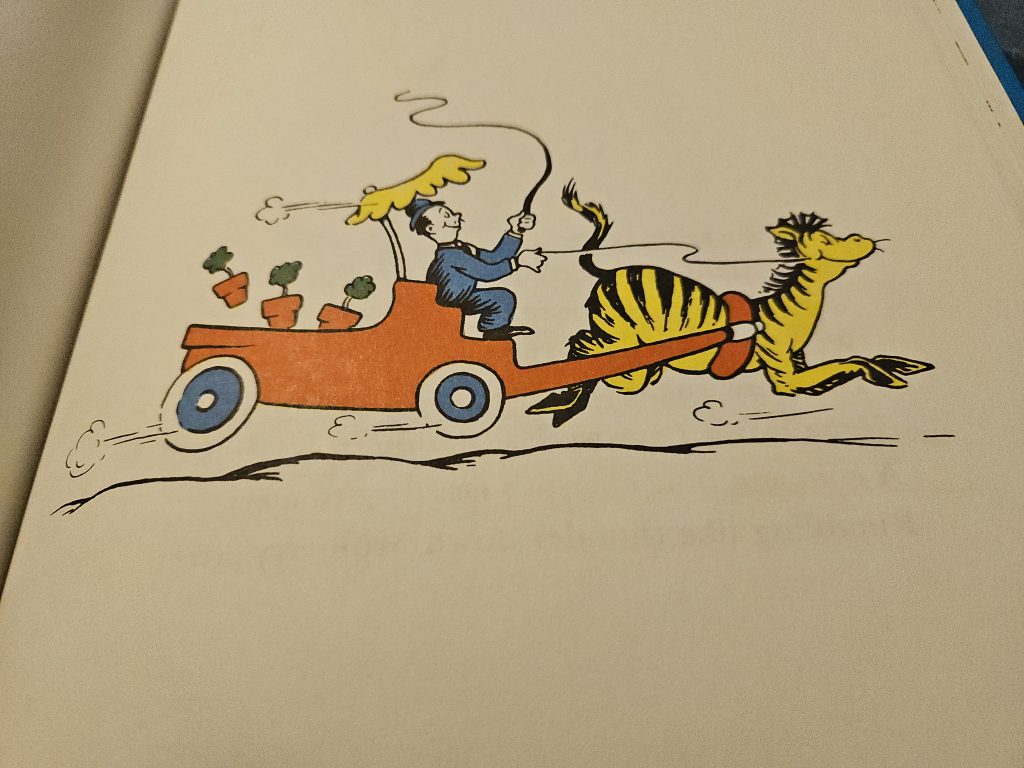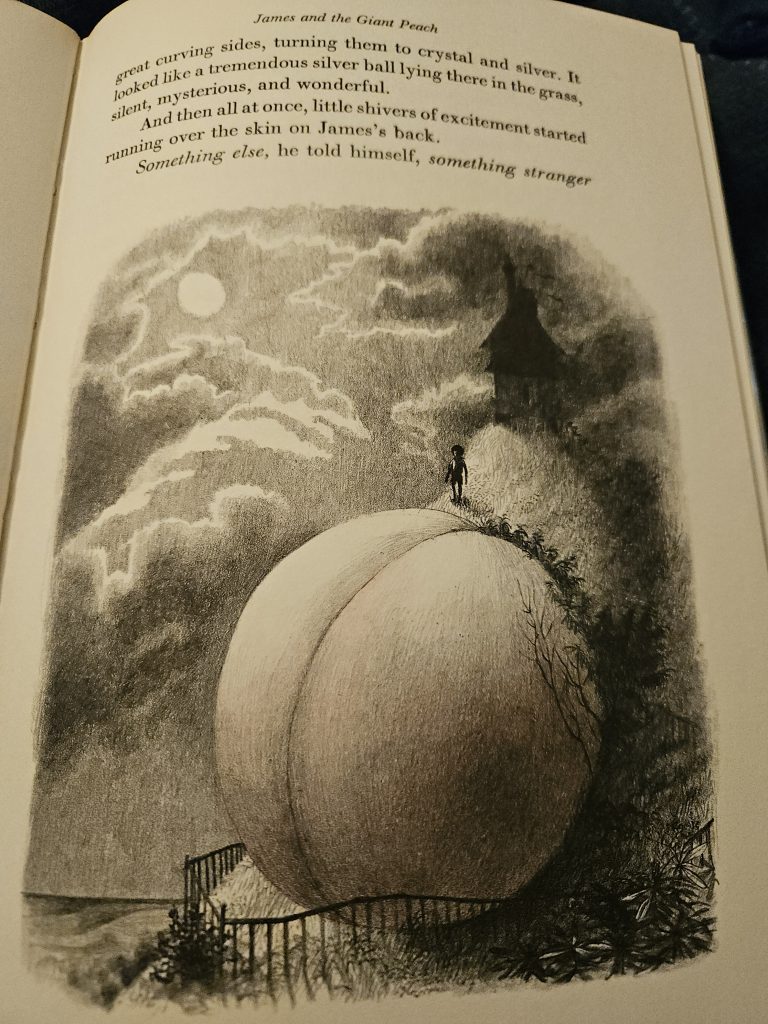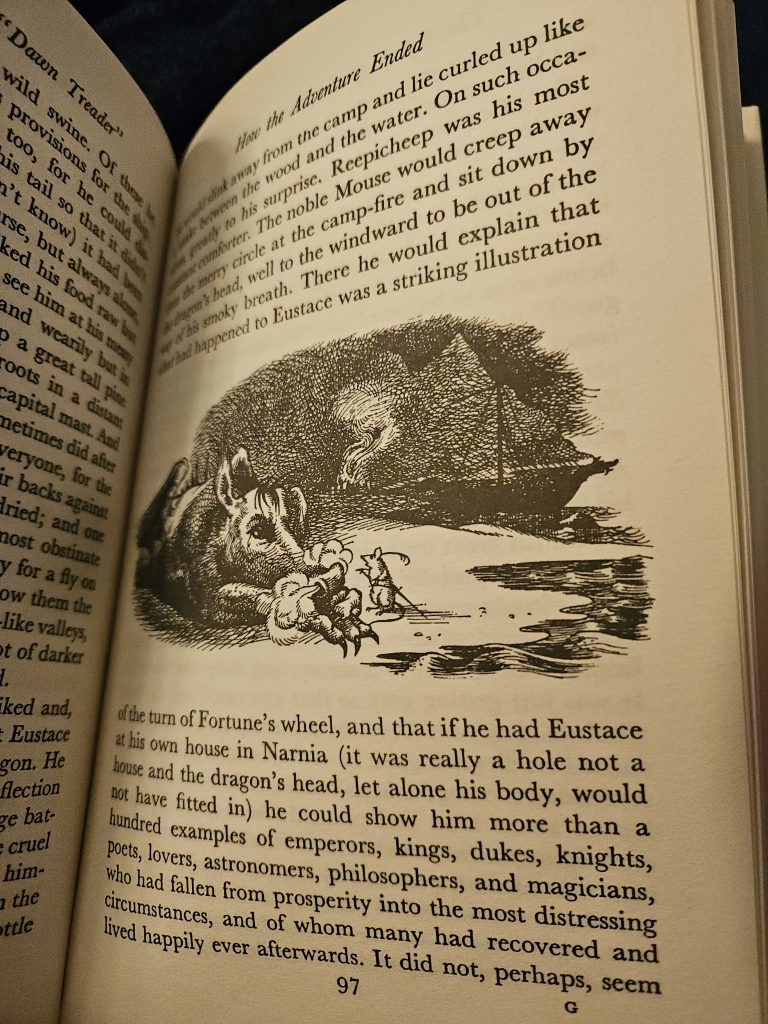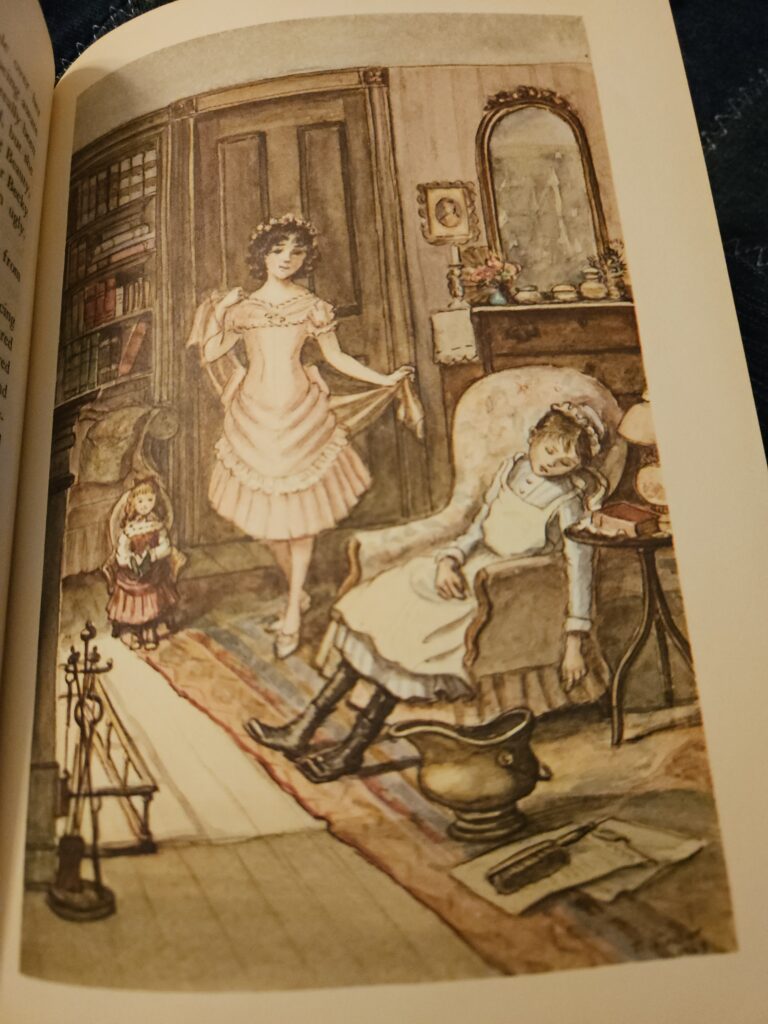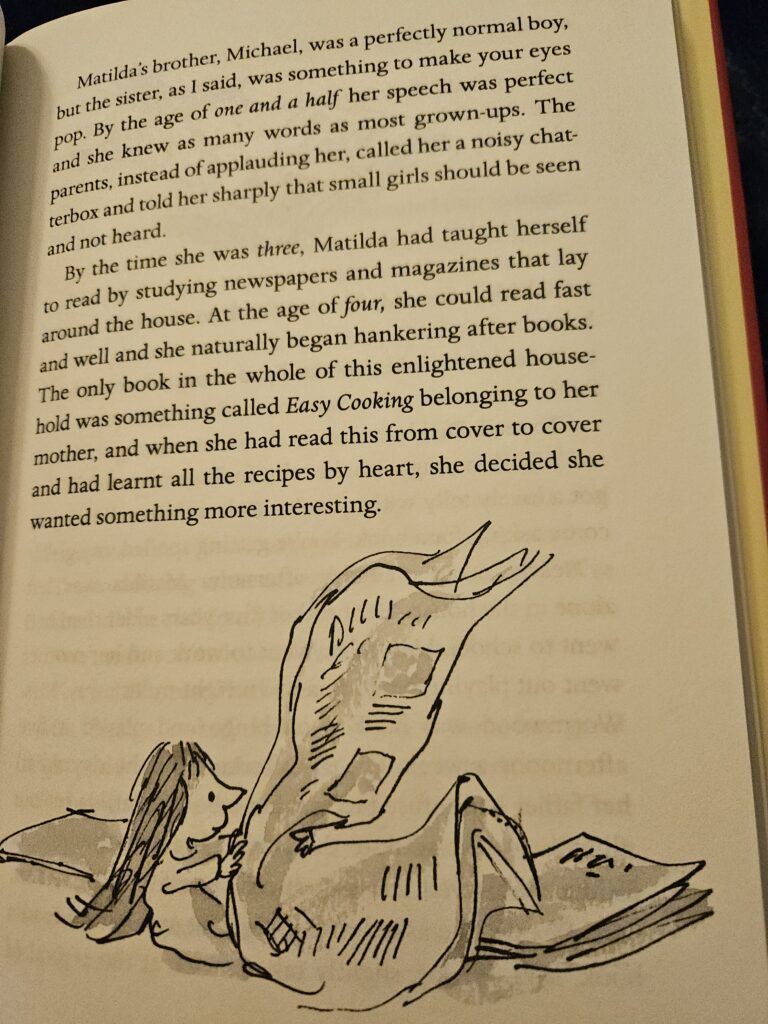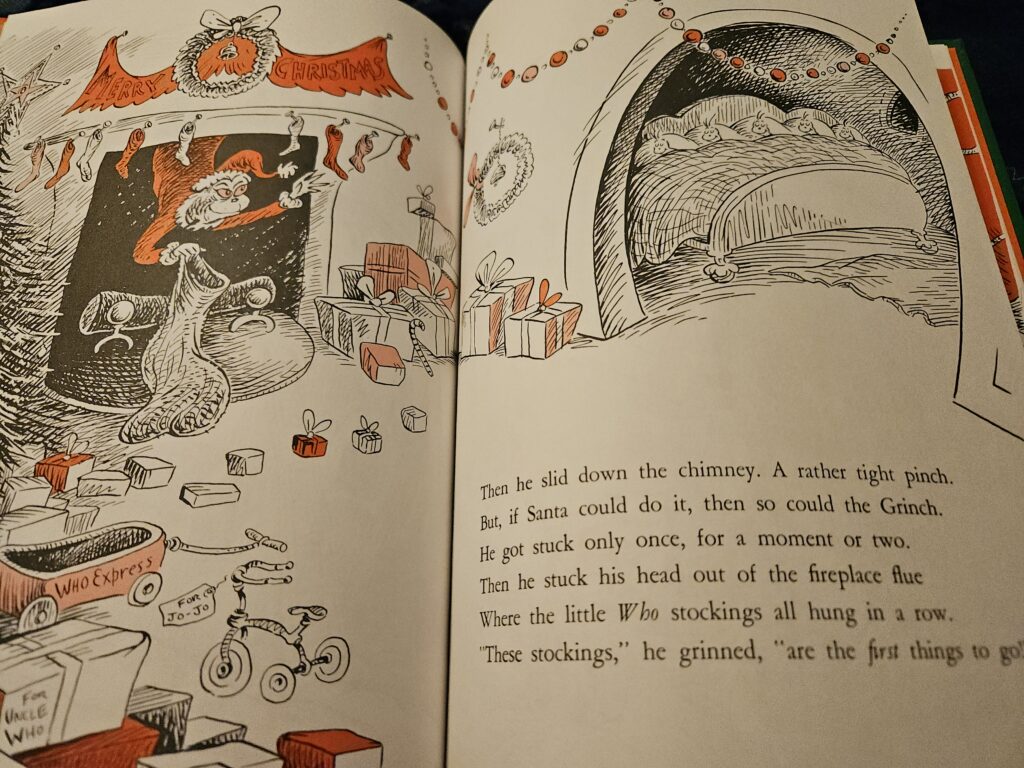This book is such fun. The words nearly sing as you read them aloud. The illustrations leap off the page. It’s hard to believe that this was Dr. Seuss’ first book–he really had his voice fully in place from the beginning. And I wish that was all I had to say, but this one has a serious caveat.
As mentioned, this book was Seuss’ first. That means it is close to 100 years old. And it shows–it is dated to the point where Seuss edited it in 1978 and his estate took it out of print altogether in 2021 (long after my boys’ picture book days were past). The copy that we have is an edited one, as was the copy I read as a child. I’ve looked up the original version now and… yikes. And knowing Dr. Seuss’ background creating political cartoons during World War II targeting Japanese Americans does not help matters at all. I’m honestly not sure I would read it to a child today. Read this one to yourself first before sharing it.
Author: Dr. Seuss
Illustrator: Dr. Seuss
